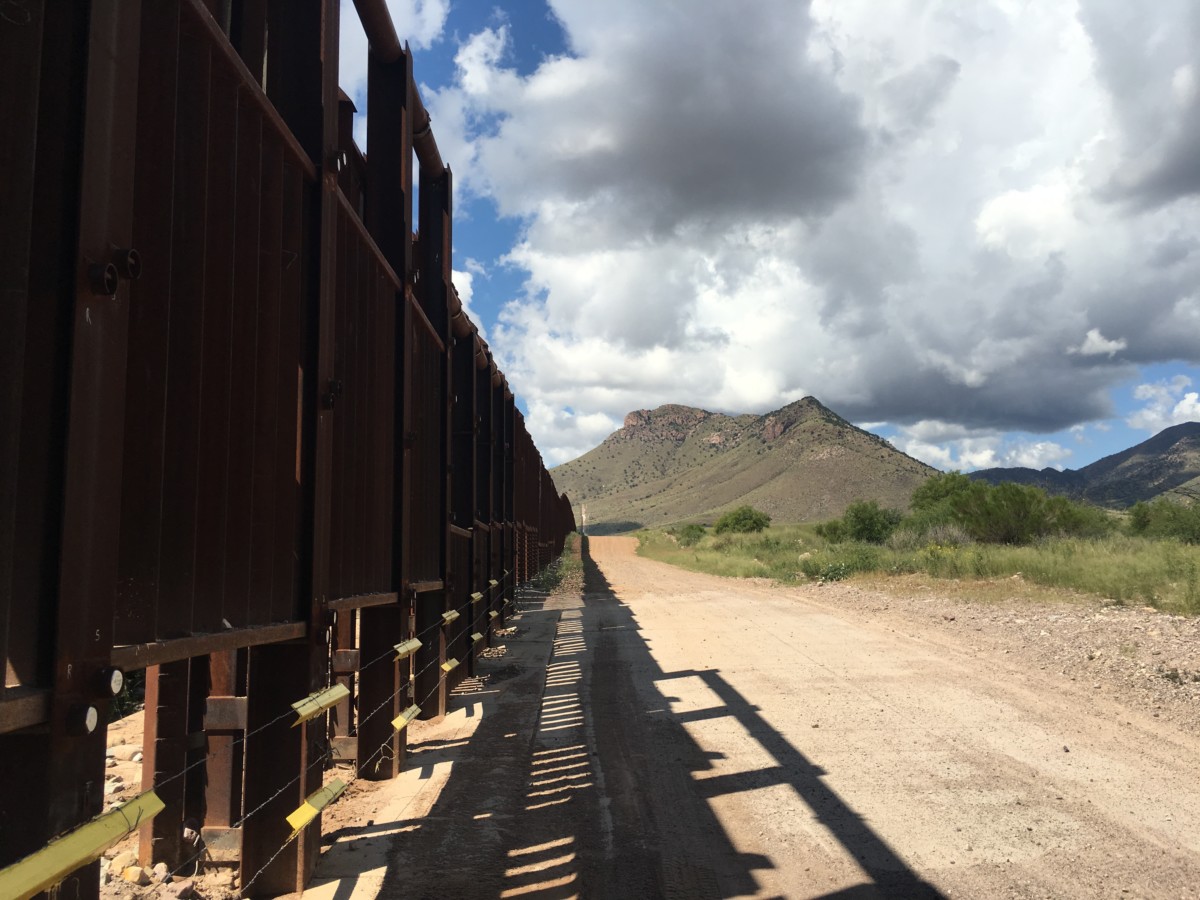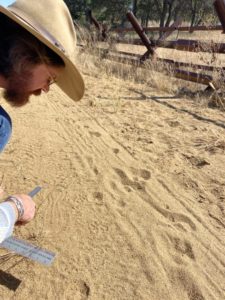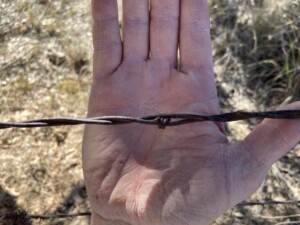It’s been a difficult month in the borderlands, as COVID-19 cases soar in Arizona, and border wall construction continues at breakneck speed tearing through rugged, protected lands, and Native American sacred sites. Border wall construction is destroying large swaths of National Monuments, National Wildlife Refuges and National Forests in Arizona that are some of the most special natural places in our country.
Over the past weeks and months, border wall construction has drained water out from under sacred and precious desert oases including Quitobaquito Springs in Organ Pipe Cactus National Monument, home to Sonoyta mud turtles and Quitobaquito pupfish. Spring fed ponds at the San Bernardino National Wildlife Refuge home to the endangered Yaqui topminnow, Yaqui catfish, Yaqui chub, and beautiful shiner are under the same duress—the water that sustains them is being pumped out to make concrete for the wall.
On top of all of this heart–wrenching loss, in the last two weeks, DHS began constructing border wall through the San Pedro River bed, digging a trench and pouring concrete across the last undammed river in the west. This is a magical place in North America. Stretching 140 miles from its headwaters in Mexico to its end at the Gila River, the San Pedro River is one of four major north-south migratory bird corridors in the southwestern United States, along with the Rio Grande, Santa Cruz, and the Colorado Rivers. It is estimated that 45% of the 900 species of birds in North America use the San Pedro at some point in their lives. There are 41 species of reptiles and amphibians, 80 species of mammals, and more than 600 species of plants that live along the river. If you haven’t been able to walk the San Pedro River yourself, you can view our recent Sky Island Coffee Break – Stroll on the San Pedro to immerse yourself in this beautiful river.
Last week DHS announced they would begin construction of two additional miles of wall through the Coronado National Memorial in the rugged Huachuca Mountains that stretch across the border into Mexico. This construction will cut through the Path of the Jaguar, harming jaguar recovery in the U.S., and will destroy the starting point of the scenic Arizona Trail.

Border Wall-Coronado Memorial-Looking West
Beginning Monday, July 13 the southernmost two miles of the Arizona National Scenic Trail will be closed. The location where the Trail begins “was intentionally selected as the cornerstone of the Arizona Trail because of its wild and scenic nature, unencumbered views, and the level of protection offered within a National Park Service unit. Construction of the border wall here is an affront to multiple generations who have worked tirelessly toward the construction, maintenance and protection of the Trail,” said Arizona Trail Association Executive Director Matthew Nelson.
The destruction wrought by border wall construction should have never have happened in the first place. It is up to Congress to appropriate money and decide how it gets spent. Segments of construction in the Sky Island region has been funded by money now deemed to be taken illegally from Department of Defense budget. “In June the U.S. Court of Appeals for the Ninth Circuit ruled that President Trump’s attempt to circumvent Congress and transfer $2.5 billion in military pay and pension funds for border wall construction is unlawful.” Said Sierra Club in a press release.

Without this illegal money, the Trump administration would not have adequate funds to complete construction. Tragically, a tremendous amount of damage has been done to sensitive ecosystems and Native American sacred sites while the legal case worked its way through the system. Even with this new ruling in place, construction continues. A U.S. Supreme Court ruling last fall issued a stay on an injunction put in place by a lower court that would have halted border wall construction, and border wall construction can continue until the Supreme Court decides to lift the stay.
The wall construction across the San Bernardino National Wildlife Refuge, the San Pedro River, and Coronado National Memorial is creating a nearly 100–mile impermeable line of wall from the Coronado National Memorial east all the way to the Peloncillo Mountains on the New Mexico border. Our Border Wildlife Study sits just west of the San Pedro river in a 36 mile stretch of border that is currently marked by vehicle barriers and in some places, barbed wire fence. When staff visited this pathway for wildlife in the fall of last year they saw evidence of black bear, coati, and other wildlife moving across the border under the permeable fence.

Although construction is starting at the eastern edge of the Border Wildlife Study, cross-border pathways in the western Huachuca Mountains, San Rafael Valley and Patagonia Mountains remain passable by wildlife for now, as they seek water and shelter during our extreme summer weather.
Join Sky Island Alliance on Thursday July 23, to learn about what we’ve discovered in our first 90 days of the Border Wildlife Study, what these findings mean, and how you can take action to protect safe passage for wildlife in this vital cross-border pathway. Register here.
Resources and References
You can read more about the pending construction here:
ACLU.org SIERRA CLUB V. TRUMP — OPINION
Arizona Trail Association Executive Director Matt Nelson discusses border wall construction impacts
